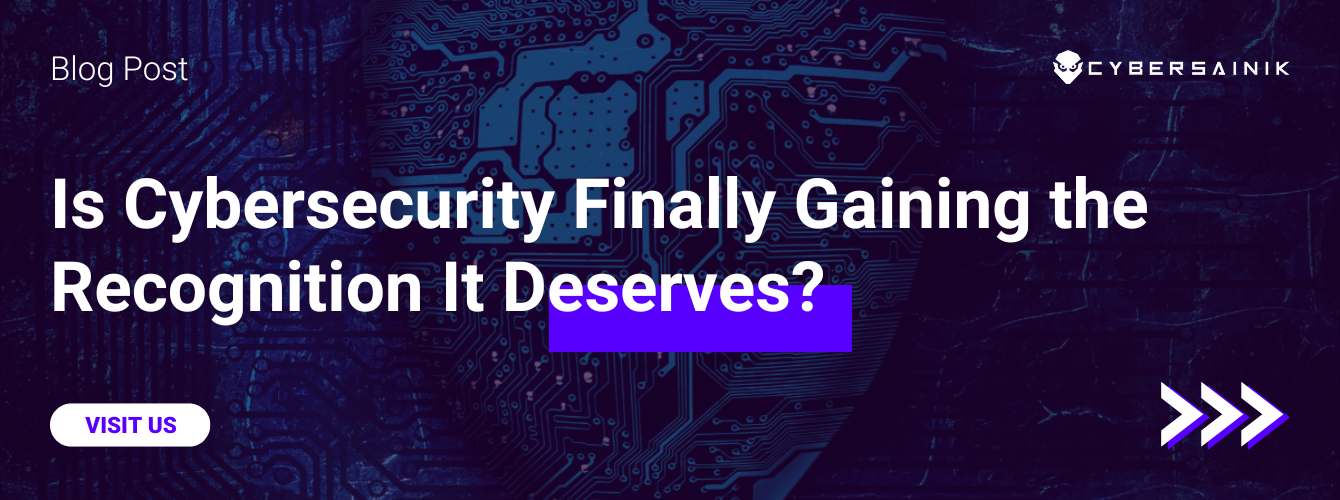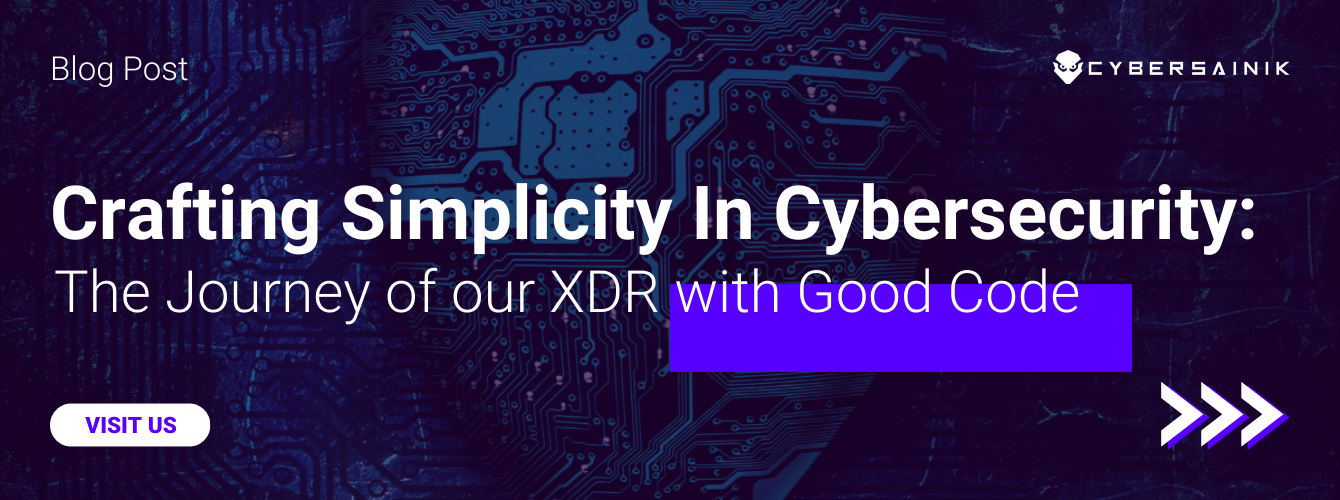In today’s digital landscape, the distinction between Incident Response and Managed Detection and Response (MDR) is misunderstood or not immediately obvious. Cyber Sainik, in collaboration with Fort Mesa, explores the differences between Incident Response and Managed Detection and Response (MDR).
Managed Detection and Response (MDR)
Managed Detection and Response (MDR) has long been considered as the “services” portion of endpoint security, providing organizations with the ability to detect, analyze, investigate, and even actively respond, to threats using technology, as well as human expertise. Endpoint Detection and Response (EDR) tools stand tall as vigilant guardians, tirelessly scanning networks, systems, and applications to detect potential threats. These tools leverage cutting-edge technology to identify anomalies and potential security breaches, promptly sending out notifications to alert designated personnel to kick off the incident response workflow
However, receiving an alert is merely the beginning of the incident response journey!
Incident Response
Before we dive into the function of incident response, it is important to delineate a security “breach” from a security “incident.” Security incidents refer to any events that occur which pose a threat to an organization. Security breaches, however, involve unauthorized access or theft of sensitive information. To prevent or address either, incident response is required. Incident Response encompasses a comprehensive methodology that kicks into action once an alert is received. Effective incident response goes far beyond acknowledging an alert, and involves orchestrating and executing well-defined processes to address and mitigate the identified threat swiftly and effectively.
Incident Response surpasses the capabilities of notifications from detection and response tools. It follows a structured set of procedures designed to handle security incidents efficiently. It involves clear roles, predefined workflows, and a systematic approach to contain, eradicate, and recover from a security incident.
Human Expertise in Incident Response
While EDR tools excel at automated detection, Incident Response involves human expertise, which could come with challenges relating to management, consistency, and scalability. Trained professionals interpret alerts, assess the severity of incidents, and execute tailored responses based on the context of the threat.
Incident Response doesn’t stop at acknowledging an alert; it involves a holistic approach to mitigate the impact of a security incident. This includes containment strategies, forensics analysis, system restoration, and post-incident reviews to bolster defenses for the future.
Learning Process in Incident Response
Incident Response is a learning process. Each incident provides valuable insights, contributing to the refinement and enhancement of security measures to thwart similar threats in the future.
It’s crucial to understand that while EDR tools serve as valuable sentinels by detecting anomalies and sending notifications, Incident Response is the orchestrated symphony that unfolds once the alert is received.
Future Trends
The landscape of Incident Response and MDR is rapidly evolving, driven by cutting-edge AI and automation technologies that enhance threat detection and enable faster responses. Confusing and technocentric offerings result in challenges for organizations looking to select outcome-based cybersecurity providers or partners.
Beyond that, too, the transition to cloud-based security demands tailored strategies for cloud environments, such as multi-cloud MDR and edge security. As threats are becoming more sophisticated and diverse, deeper analysis and forensics are required, along with industry-specific solutions to address distinct use cases. Regulatory changes impose new challenges for organizations required to comply with stringent data protection laws, such as GDPR and CCPA. Finally, the adoption of Zero Trust architectures, and the importance of threat intelligence sharing, will continue to define strategies adopted in both domains.
Summary
In essence, Incident Response bridges the gap between receiving an alert and effectively neutralizing a threat. It’s a strategic blend of human intelligence, structured processes, and continual improvement, safeguarding organizations against the ever-evolving landscape of cyber threats.
Many organizations recognize the need to be able to respond to cybersecurity incidents effectively but are missing the skills or resources required to do so. Investing in both detection and response tools for proactive detection, and a robust Incident Response strategy for effective mitigation, is the key to building resilient defenses in today’s digital era.




